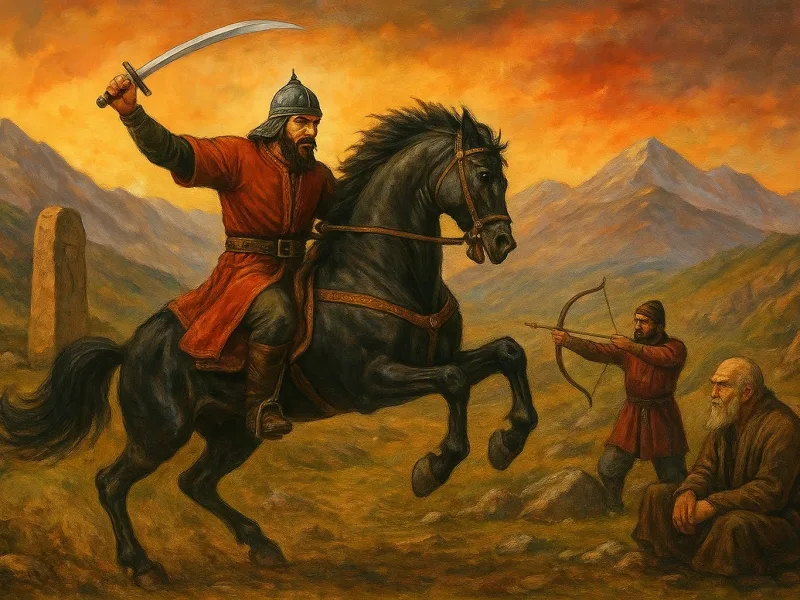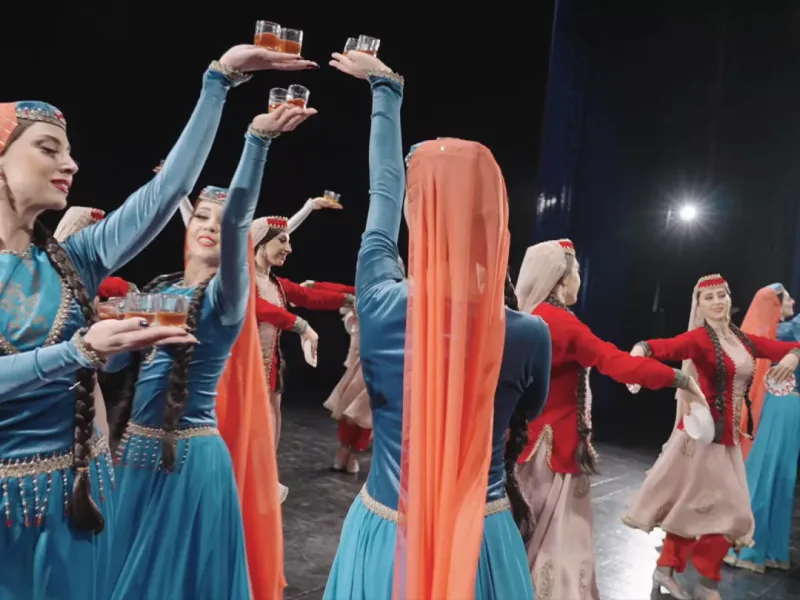Uşak in the Middle Aegean has always been a settlement since ancient times. The city dates back to the 4th millennium BC and has become a busy route, especially in the Bronze Age. In the 2000s and 2500s BC, the Hittites had an extremely rich history of civilization along with the Lydians, the Romans, and the Byzantines. It was an important city of the Ionian culture, which later became the Phrygians. It is a charming Anatolian city surrounded by Kütahya, Manisa, Afyon, and Denizli.
The city reflects its rich culture and history in its locally produced carpets, as it is one of the leading cities in Turkey in terms of Turkish carpet weaving.
Climate and Local Cuisine
As the Aegean is located in the west and the Central Anatolia region in the east, Uşak stands out with its continental climate. The summers are very hot and the winters are rainy. The best times to visit are the spring and summer.
The cuisine hosts both Aegean and Central Anatolian culture. The most famous dish is tarhana soup. There are also many offerings of pastries and meat. Keşkek, katmer, çömlek eti, höşmerim, muska böreği, demir dessert, cendere dessert, and ebem meatballs are authentic tastes of the region.

Turkish traditional flaky (katmer) pastry.
Places to Visit
- Ulubey Canyon: One of the largest canyons in the world, the Ulubey Canyon continues along the Banaz stream and can be the ideal route for mountain climbing along the steep cliffs, with a height of more than 100 meters. You can also do sports such as paragliding, rock climbing, and rafting.
- The Ancient City of Blaundus: The site is from the Hellenistic Age and is 40 kilometers away from the city center. The ancient city, which was built for Alexander the Great at the time of the Macedonians, is now open to the remaining temples and rock tombs.
- Uşak Archaeology Museum: The Archaeological Museum, which sheds light on the history of Uşak and its environs, has Hellenistic and Roman period works. Many coins, jewelry, glass vessels, and coins are on display.
- Pasha Han Mansion: The Mansion was built in the late 1800s and serves as a hotel today.

Ulubey canyon
- Atatürk Museum: When Atatürk came to Uşak, he stayed in this mansion that was built at the end of the 19th century and was later transformed into the Atatürk Museum.
- Hamamboğazı Hot Springs: Uşak has many hot springs. Among these, the hot springs known as Hamamboğazı are very famous.
- Cılandıras Bridge: Located in the Karahallı district of Uşak, the bridge is a monument of 2500 years of Phrygian period. The bridge, which is mounted on rocks with elephant feet, is considered to be an architectural masterpiece.
- Göğem Pond
- Takmak Pond
- Karaağaç Pond
- Ilıcak Subaşı Park
- Örencik Thermal Springs
- Historical Uşak Houses
- Uşak Bedesten: You can buy souvenirs in this Bazaar, which has been serving as an old books bazaar for a century.

Picturescue Ulubey Canyon
Festivals
Ulubey Canyon Culture and Tourism Festival, Cherry Culture Festival, Uşak Javelin Competitions, and Eşme Rug and Culture Art Festival are very important events reflecting the authentic atmosphere of the region.
How to Get There
Uşak is conveniently accessible from İzmir via bus and train. If you want to go by air, the nearest airport will be Altıntaş International Airport in Kütahya.



